May 17, 2025 | 07:08 GMT +7
May 17, 2025 | 07:08 GMT +7
Hotline: 0913.378.918
May 17, 2025 | 07:08 GMT +7
Hotline: 0913.378.918
New technology and massive meteorological and hydrological datasets are changing natural catastrophe early warnings. According to the WMO, AI and other technologies have made a difference. Higher accuracy and shorter lead times in AI-powered flood forecasting models give communities more time to respond. Growing capacity to digitize and retain historical climate data improves long-term forecasting accuracy and aids climate adaption efforts.
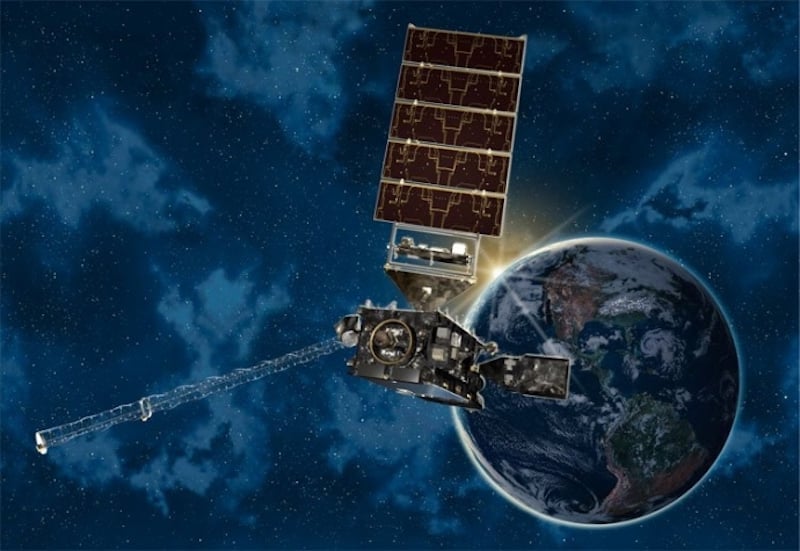
Weather satellites monitor Earth from space, collecting observational data that scientists analyze.
Global coordination and data exchange are needed for meteorology, hydrology, and natural disasters. WMO members like Vietnam can get real-time meteorological and hydrological data from around the world through a global early warning observation system. This improves forecasts and warnings by strengthening input data. National meteorological agencies are also transitioning from forecasting "what the weather will be" to anticipating "how the weather will impact society," identifying community vulnerabilities so authorities and the public may prepare.
These are significant technological advancements with global applicability, while meteorology and hydrology funding vary by country. AI research and application in meteorology, hydrology, and environmental sciences are crucial and well-funded worldwide.
AI is being used to anticipate storms, rainfall, and other unpredictable events in Vietnam. The National Center for Hydro-Meteorological Forecasting (Vietnam Meteorological and Hydrological Administration, Ministry of Agriculture and Rural Development) is using AI to predict storm strength. Mr. Mai Van Khiem, Center Director, says initial results are positive, with better accuracy over existing methods, and the model will be used in the 2025 storm and flood season.
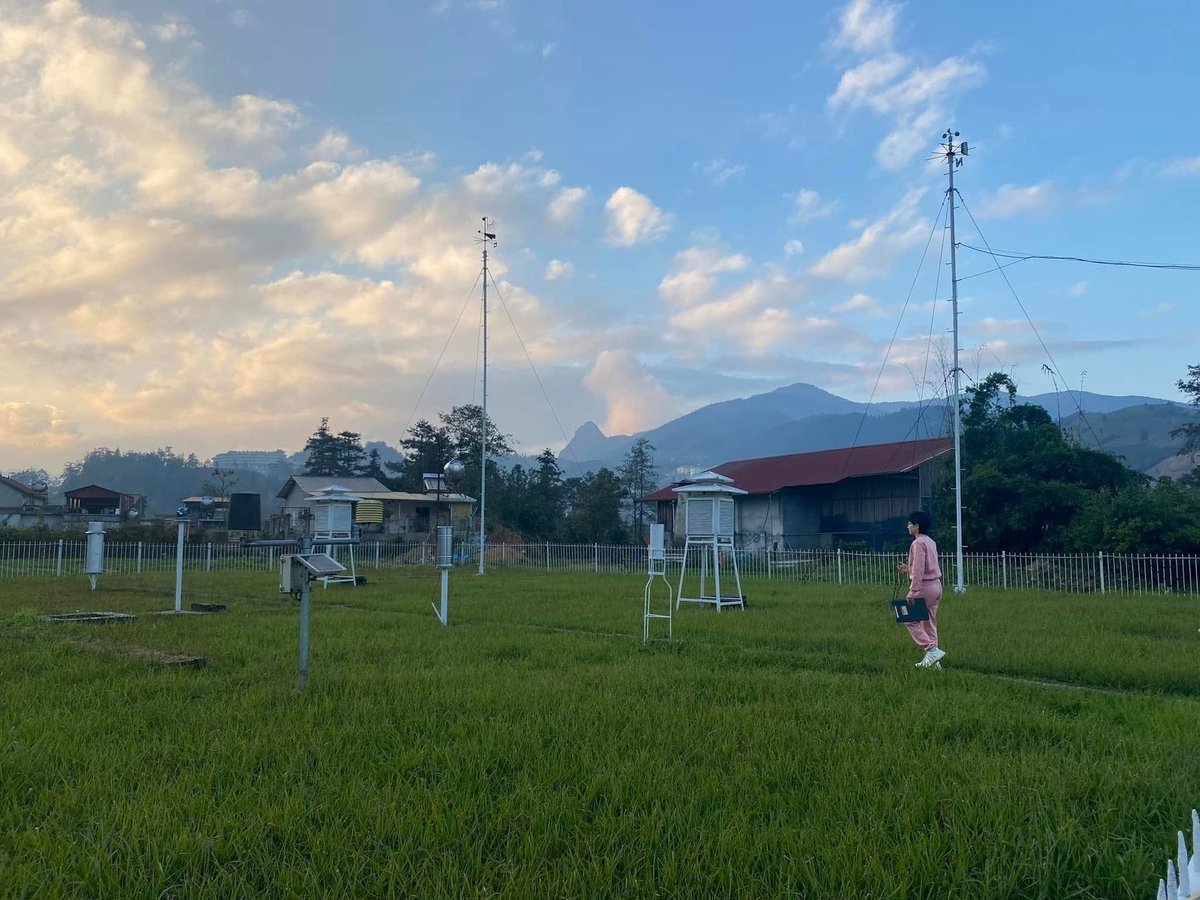
Large volumes of hydrometeorological data, continuously updated from daily monitoring stations, are favorable for AI application. Photo: Hoai Linh.
AI rainfall forecasting for 1–3 days to six weeks has also showed promise. The Center is also testing AI applications for hydrological forecasts—flooding and inundation—based on forecasts, observations, natural variables, and reservoir operations.
AI requires infrastructure, financial resources, and a competent technical personnel. AI professionals, especially those in meteorology and hydrology, are scarce. Training such employees is difficult, and attractive payment is needed to recruit and keep them. AI computing infrastructure requires expensive high-speed processing chips.
Nguyen Phi Le, Director of the Institute for Artificial Intelligence Research and Application (AI4LIFE) at Hanoi University of Science and Technology, stressed that AI must be integrated with specific disciplines to solve complex real-life problems. AI4LIFE professionals can create global-standard AI models. These models don't work well in Vietnam due to its weather data. The Institute is working with the National Center for Hydro-Meteorological Forecasting to train large-scale AI models on massive datasets for Vietnam's meteorology and disaster forecasting needs.
Traditional disaster forecasting and warning methods use numerical models and synoptic analysis, according to Institute of Meteorology, Hydrology, and Climate Change Director Assoc. Prof. Dr. Pham Thi Thanh Nga. Forecasts are made by integrating hydrosphere and hydrosphere dynamics using numerical models. Synoptic approaches apply empirical principles and conceptual frameworks to pattern analysis to predict future events.
But AI-based forecasting models need training to spot patterns in historical data and predict future events. AI will be used in disaster forecasting at all stages of the early warning system, from data collection and processing to data integration (from multiple sources and platforms), model training, pattern recognition, result analysis, and warning issuance.
Generative AI can create synthetic future datasets to save time and money for numerical models. However, outputs must be carefully evaluated and validated, especially for disaster types with high uncertainty, where origins and mechanisms are unknown or result from complex natural and human-induced elements.
The Institute of Meteorology, Hydrology, and Climate Change wants to work with the UK Met Office, Taiwan's meteorological agency, and top mathematics and IT universities and institutes to accelerate AI integration in disaster forecasting, environmental pollution monitoring, and climate change scenario development.
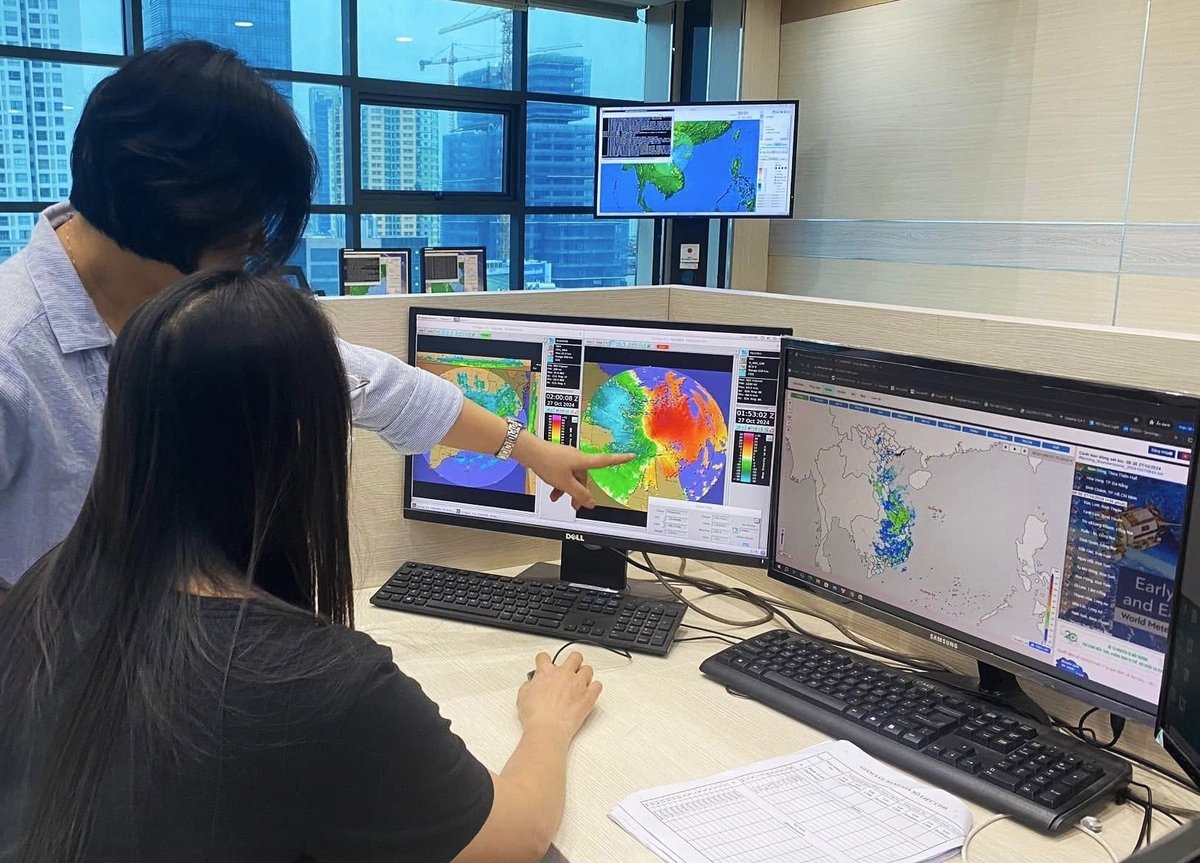
The National Center for Hydro-Meteorological Forecasting is cooperating with the Institute for Research and Application of Artificial Intelligence (Hanoi University of Science and Technology) to develop software applying artificial intelligence and big data to monitor, analyze, forecast, and warn of hydro-meteorology. Photo: Hoai Linh.
Assoc. Prof. Dr. Pham Thi Thanh Nga recognized two major benefits for Vietnam. First, AI's rapid global development gives Vietnam access to cutting-edge technologies. Second, Party and government policy backing has boosted momentum. Notably, Resolution 57 on science and technology development, innovation, and digital transformation is intended to break institutional boundaries and revolutionize policy. The MoNRE has started applying this spirit. The Department of Science and Technology held a workshop to gather stakeholder input for a Resolution 57 implementation plan.
Deputy Director General of the Vietnam Meteorological and Hydrological Administration (VMHA) Dang Thanh Mai proposed several research priorities for the hydro-meteorological sector in the age of AI and Big Data at the recent conference “Modern Technologies in Early Warning for Hydro-Meteorological Disasters High-resolution weather and hydrological forecasting models are developed by gathering, processing, and analyzing huge datasets from ground observation stations, satellites, and radar systems to create accurate models.
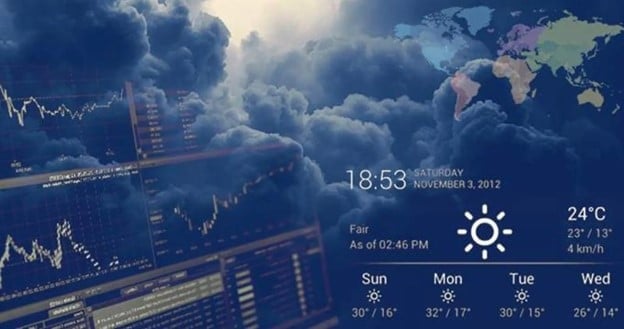
It is necessary to build an open platform for sharing hydrometeorological data in the coming time to facilitate the development of AI applications.
In the field of multi-hazard early warning systems, integrated systems must be capable of forecasting several disaster types (e.g., typhoons, floods, droughts, saltwater intrusion) to assist prompt decision-making. IoT sensors that collect real-time data for forecasting and warning are another significant area of observation network improvement.
In parallel, VMHA leadership underlined the need for an open hydro-meteorological data-sharing platform to involve scientists, organizations, and communities in these new technologies' study, development, and use.
The World Meteorological Organization (WMO) urges nations to improve their capacities and cooperate at all levels, notably by scaling up early warning system technology.
These solutions will be integrated into national meteorological and hydrological systems by WMO, governments, technology suppliers, and research institutions. From global to local, early warning systems should minimize risk, protect communities, and create a safer, more sustainable society in the face of natural disasters.
Translated by Linh Linh
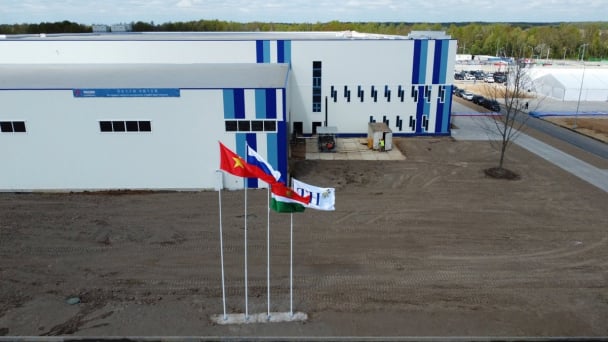
(VAN) Vietnam’s TH Group officially put its high-tech fresh milk processing plant into operation in the Russian Federation, marking a historic moment as the first TH true MILK cartons were produced in Russia.
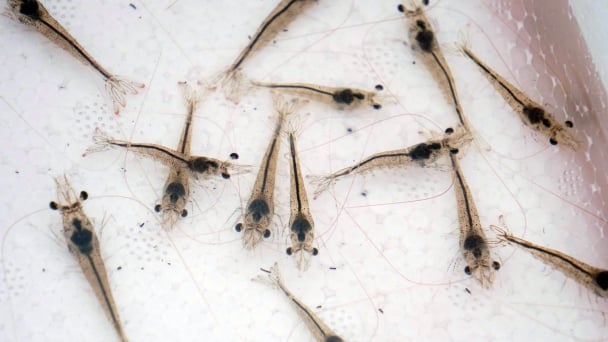
(VAN) Use of high-quality broodstock and biotechnology is regarded as the most effective approach to ensuring sustainable and economically viable shrimp aquaculture ahead of climate change and the emergence of increasingly intricate disease patterns.
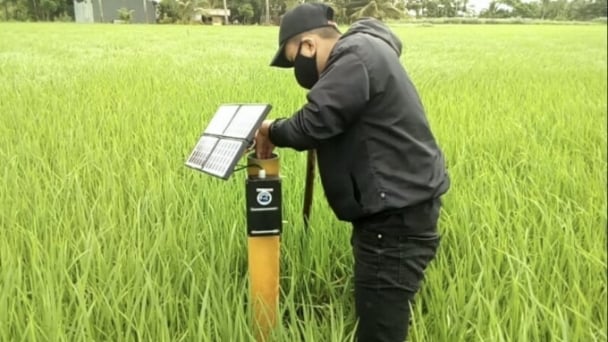
(VAN) Carbon farming is a form of agricultural practices that helps absorb more greenhouse gases than it emits, through smart management of soil, crops, and livestock.
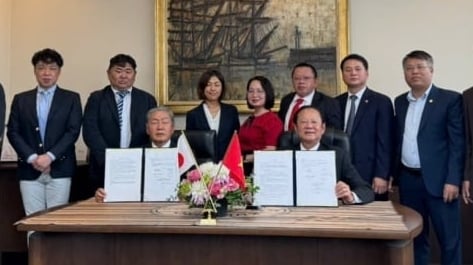
(VAN) This is a key content of the Memorandum of Understanding recently signed between the Vietnam Fisheries Society and Kunihiro Inc of Japan.
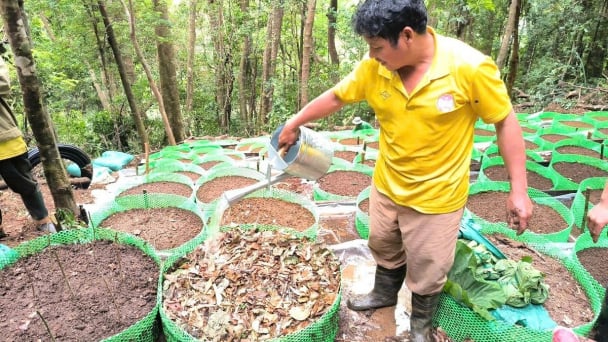
(VAN) To achieve the goal, local authorities and businesses in Kon Tum province have fully prepared the necessary conditions for the new Ngoc Linh ginseng planting season.
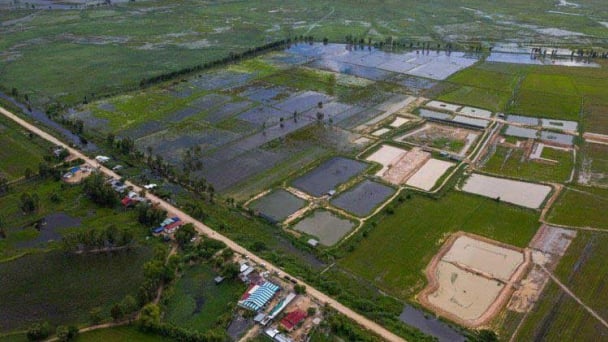
(VAN) Jiangsu province is gearing up to host training programs in Phnom Penh, the capital of Cambodia, this year to establish the Fish and Rice Corridor.

(VAN) Le Hoang Minh, representing Vinamilk, shared the company's experience in energy saving and green energy transition for production at a workshop held during the P4G Summit.